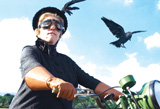
The CG animals that VFX Supervisor Christian Manz and his team at Framestore created for ‘Nanny McPhee and the Big Bang’ may not seem remarkable to look at – a perfectly realistic baby elephant, some piglets and a jackdaw. But their fantastic performances set them apart.From Digital Media World Magazine
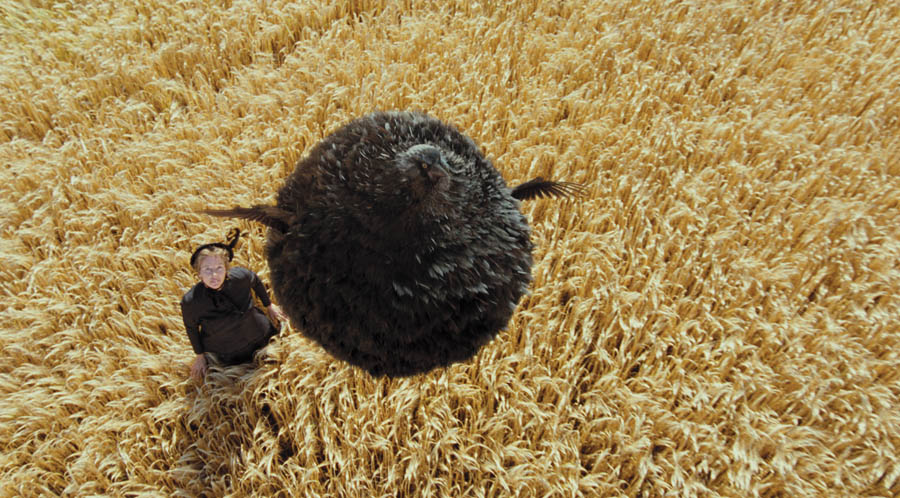 |
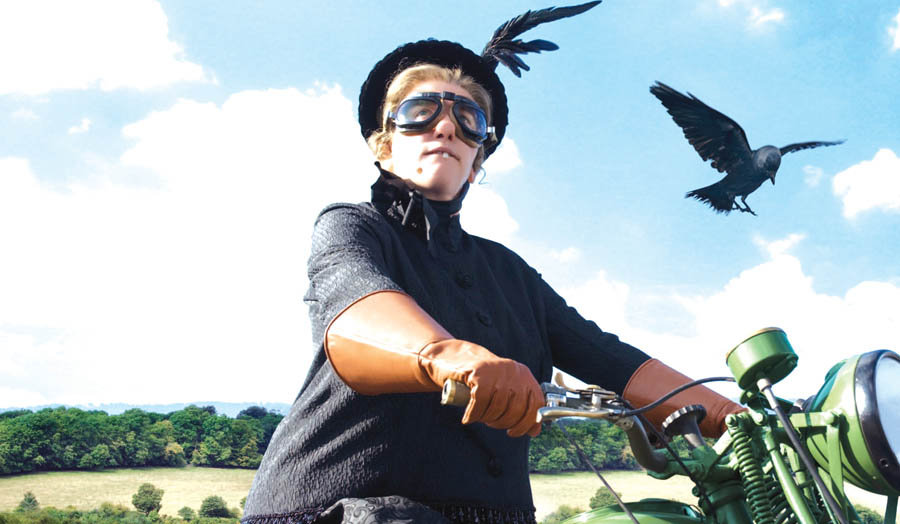 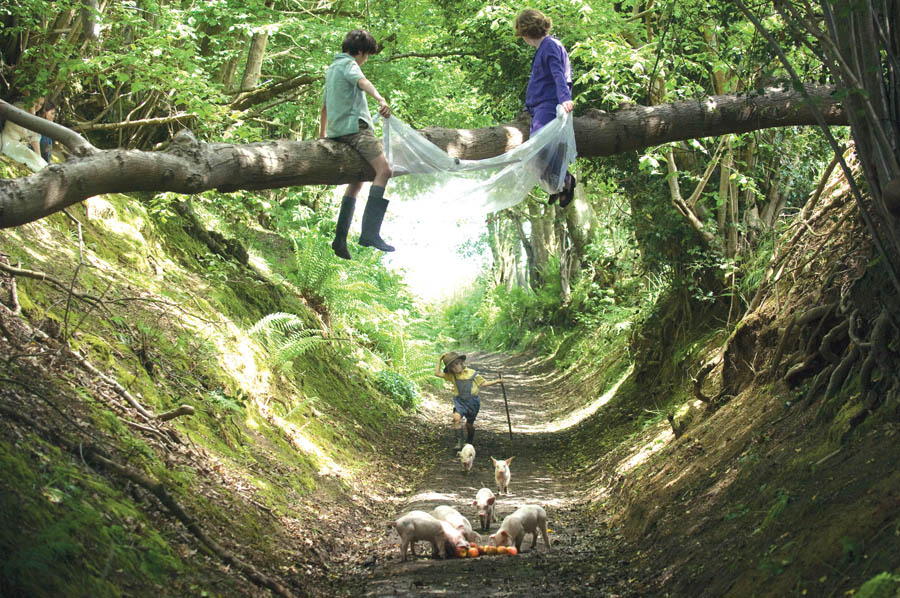 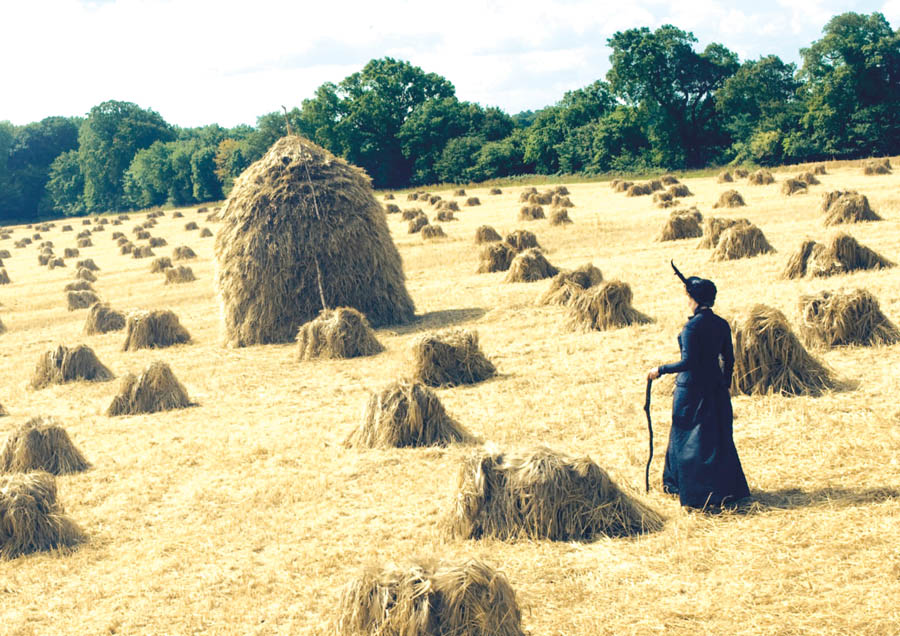 |
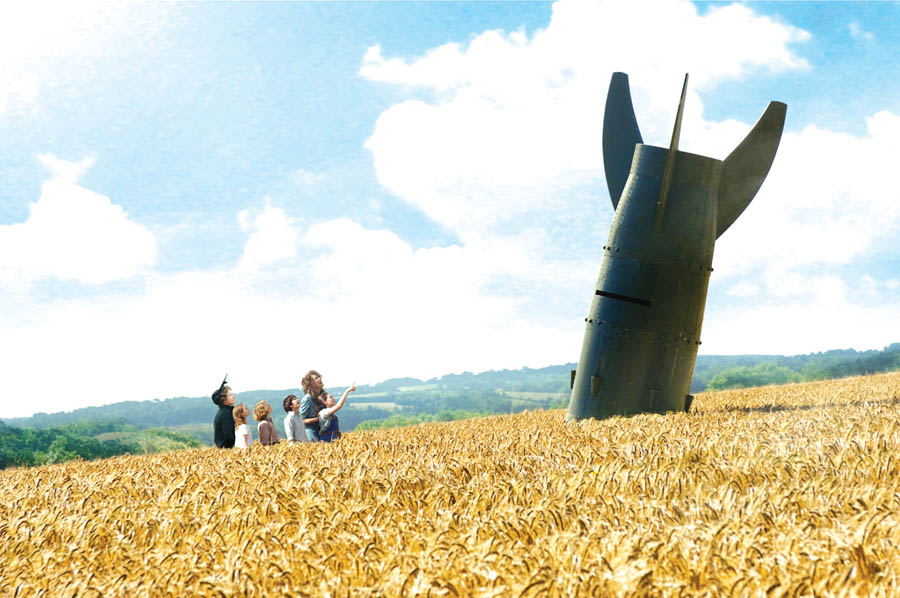 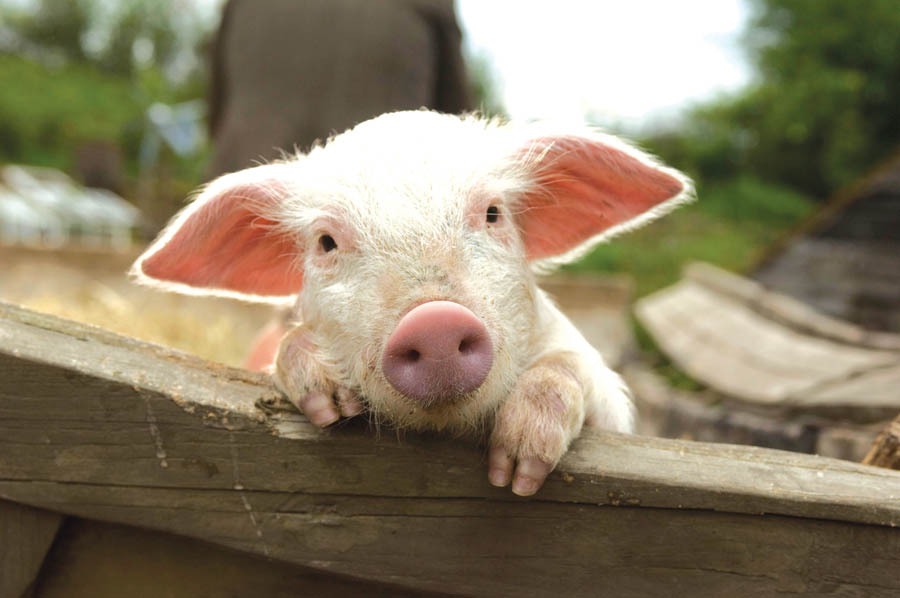 |
| “We started working on Nanny McPhee early in 2009 and worked with the production VFX Supervisor, Adam McInnes, and the director, Susanna White, in pre-production,” said Christian. “They intended to shoot with real animals whose look and behaviour we'd have to match perfectly. When we first discussed approaches to the animals with Susanna White and her producers, they were adamant that the animals be photo-realistic, even after they came under the influence of Nanny McPhee's magic. These are emphatically not fantasy or cartoon animals or even performing animals, but simply ordinary creatures who find themselves suddenly able to do extraordinary things."
Nanny’s Menagerie “Framestore's Animation director, Michael Eames, led a series of animation tests as proof of concept for key scenes including the pigs’ synchronised swim and tree climb. These blew everybody away and gave the production confidence that what was being storyboarded would work in the context of the story,” Christian said. “Once filming began I attended about 30 days of the shoot - we were there on days involving CG elements, to make sure all bases were covered. I also gave Adam support on days where VFX were split across units - as often happens - especially towards the end of the shoot. Our CG Supervisor Chris Lawrence attended on some days to make sure he was happy with the set-up. We also took VFX co-ordinators and tracking artists on some days to support the work being done by Adam's two on set data wranglers.” Set Referencing A photographic reference shoot was done for the elephant, pigs and bird, and they also shot video reference for the animators of all the creatures. The swimming pigs sequence was complicated by the fact that the animation had to be finalised at an early stage, because the water interaction and water effects had to be customised to fit it, and there would be no chance after that for further adjustment. Consequently, several days of element shoots towards the end of the filming schedule included water splashes and interaction for this sequence, as well as blowing barley for the climactic scene and various incidental FX. There was also a bluescreen shoot for the vehicles and people who would populate the London sequence. Absolutely Real “We do our modelling in Maya with extra detail sculpted in Mudbox. Rigging is based in Maya also, where we use a range of custom tools and deformers. Our R&D team did a lot of work to enhance our feather system - resulting in quick render times which were essential for the short schedule of the show. Wing Anatomy The animals were completely CG. There was no blending or muzzle replacement, for example. “However, especially in the case of the jackdaw, our CG creations were often intercut with the real thing. This was one of biggest challenges of the show - the match in look and performance had to be perfect.” Altogether, creating the 50 or so CG jackdaw shots - encompassing R&D, rigging, grooming and animation - took six months intensive work. Animator-VFX Collaboration Because Framestore has a long history creature animation and VFX work, the animators are part of the VFX team. “The Animation Supervisor - in this case Kevin Spruce - collaborates closely with the CG Supervisor and myself as VFX Supervisor. The tools and workflow we have in place allow for the best possible finish to a shot in terms of VFX without compromising animation performance,” Christian explained. “Once animation is complete the creatures are passed on to our creature FX department who simulate effects like skin slide and fat jiggle onto the high resolution meshes. This adds weight and final finish to the animation.” Wet Pigs The critical water interaction with the pigs demanded both 2D and 3D water simulations. “We used Houdini on ‘Nanny’ but on other projects we have and are using our proprietary water tool via Maya and Renderman. Houdini suited both the task - and the fantastic FX artist who did the work. 3D simulations were used to create the volumetric interactions from the pigs as they swim around. Often there are problems in getting enough resolution into these sims to stand up to cinema resolution so 2D simulations for the pond surface such as ripples, were used to enhance the level of detail required. Multiple simulations could be combined to get the desired effect. Also, 2D sims are far quicker to process than 3D ones and therefore easier to tweak.” Framestore also worked on effects for the first ‘Nanny McPhee’ movie, made in 2005, but unfortunately, there wasn't much they could use from the production. The main effect they had to recreate was Nanny's magical stick ‘bang’ which instigates the magical action in the film. They restored the final 2K VFX shots purely for reference, recreating the FX and comp setup to enhance and improve on the original. Environmental Work A lot of wire and rig removal was called for in the climactic scene where the villainous Topsey and Turvey are sucked out of the farmhouse by the magical wind while cornering Uncle Phil. A combination of bluescreen and in set wire work required extensive clean up and retiming. Trip to London “All of these plates needed extensive paint-out and manipulation to remove modern day buildings and even to add period detail back in. The most involved of these was the shot of Battersea Power Station with Albert Bridge in the foreground,” said Christian. “In reality, Albert Bridge is about a mile up river from the power station, so these needed stitching together and the building itself needed a lot of digital repair. It has been in ruins for decades. All these locations were local to our offices so our Matte Painting Supervisor Jason Horley was able to get his own photographic reference, as well as using our extensive reference library of period images. “Matte painting work was carried out in Photoshop and composited in Nuke, used for about 90 per cent of the comp work on the show. Nuke's ability to share assets with 3D such as cameras and models was invaluable.” Classic Cars Although there was several days of element photography involving the practical vehicles and people being shot to match specific plates, those seen in the VFX shots ended up being mostly CG. This was due to changes in both camera angles and lighting in post, where the use of the cg vehicles became the only way to achieve the finished shots. We also modelled a set of digital doubles based upon reference extras from the element shoot. These were used to populate both the background of our shots as well as the vehicles themselves. Moving Statues Toby Sedgewick, the films' movement director, was dressed in a prosthetic costume and mask crafted by the film’s make-up designer Peter King. He was shot against a bluescreen and comped into the finished shots. We made a simple model of him that was matte painted and projected as 2 1/2D in Nuke in wider shots where a new camera move was desired. The lion was, again, modelled based on photogrammetric reference that we shot in Trafalgar Square. A lot work went into how he was rigged to move - too much stretching would make him look like rubber rather than cast iron. The finished shot was based on a filmed plate where the real lion and background were removed. We also filmed some bluescreen pigeons on one of the element shoots that, once comped in, created some interaction with our CG statue for realism. |
|
Magic Wind Chris explained that the story demanded an animation-centric approach for this sequence. “From the outset we discussed this approach with director Susanna White. The idea was to get a very directed scene that conveyed a sense of awe and wonder at the magical animal forms. This also tied in with what was always an incredibly short schedule for the work - normally we would have wanted twice as long to complete a job like this, involving several minutes of animation and simulation. “We started off rigging a bunch of assets in Maya to block the scene out, then we encouraged our animators Craig Bardsley and Craig Penn to go 'off piste' and really push things around, breaking rigs until they were happy with silhouette and form. They happily obliged and we took the result into Houdini, where Carlo Volpati and Michele Fabbro ran flocking simulations to instance particles of barley. It was a true meeting of disciplines - they did a great job of bringing the animated barley characters to life. In the meantime, the twister and 'harvester' simulation was developed by Michele, Alvin Yap and Jacob Clark in Houdini, while Joe Gaffney did the barley field itself in Maya using proprietary hair tools. All of this work was composited by a team in Nuke where various finishing touches were applied. “We had considered a few options before settling on the final approach - Houdini won out for the simulation work because it is so versatile and we have a great Houdini crew. It made more sense to use our proprietary 'fHairFilters' system to do the field simulations as it could better cope with the number of hairs - I believe there were over 10 million barley stalks in some of the wider shots. |
| Words: Adriene Hurst Images: Universal Pictures and Framestore CFC |
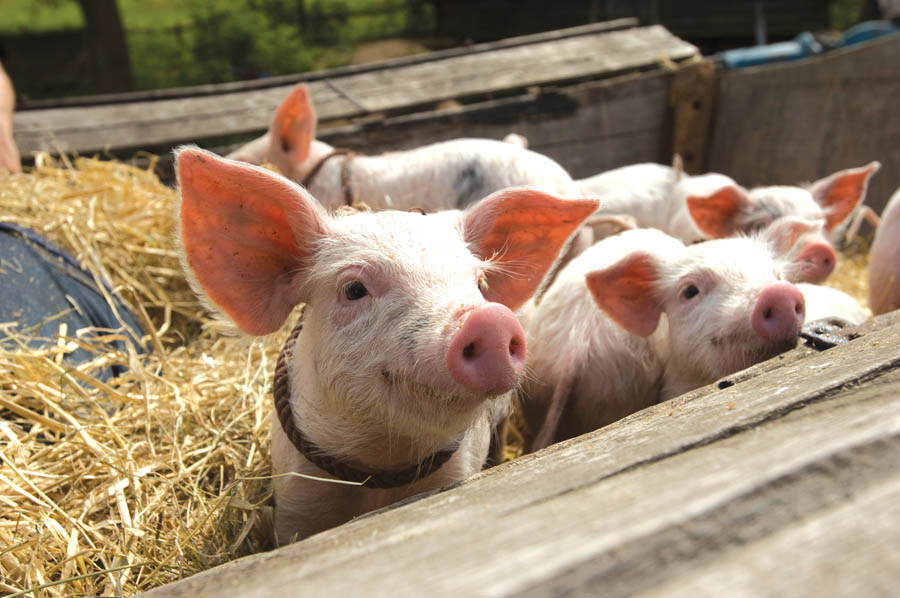 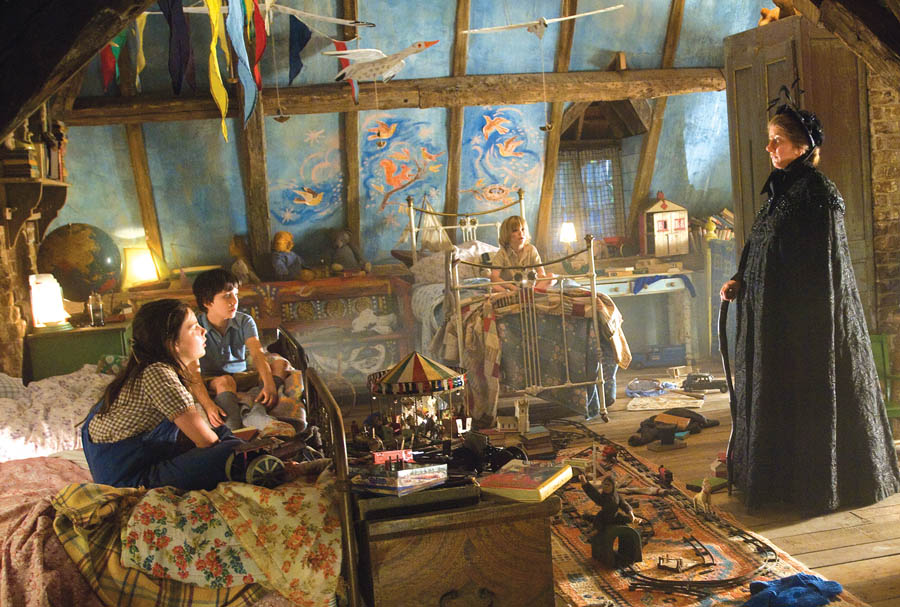 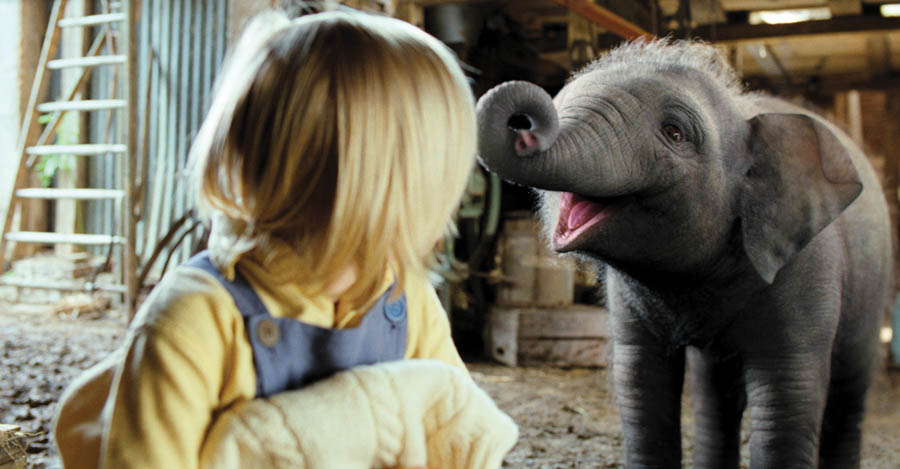 |
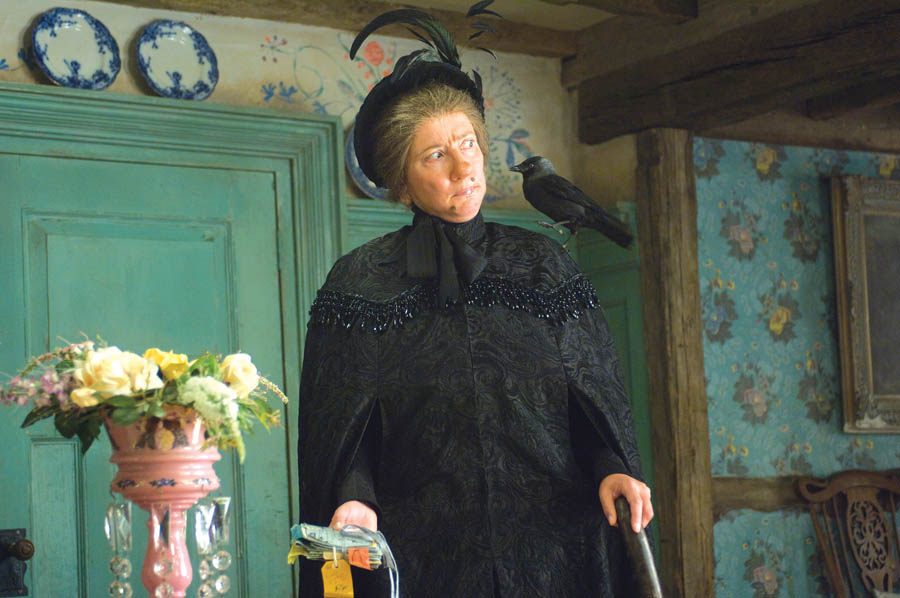 |


















